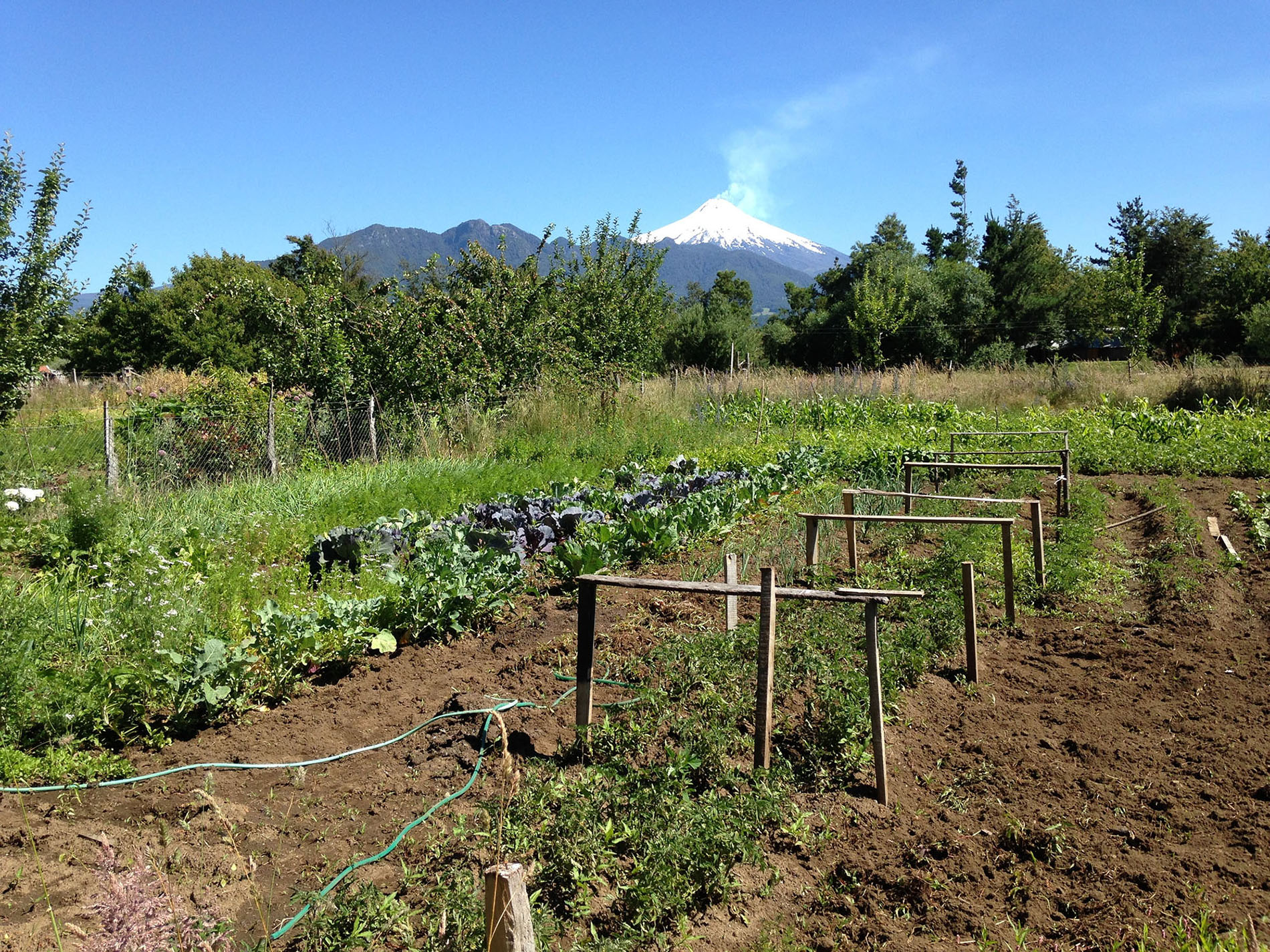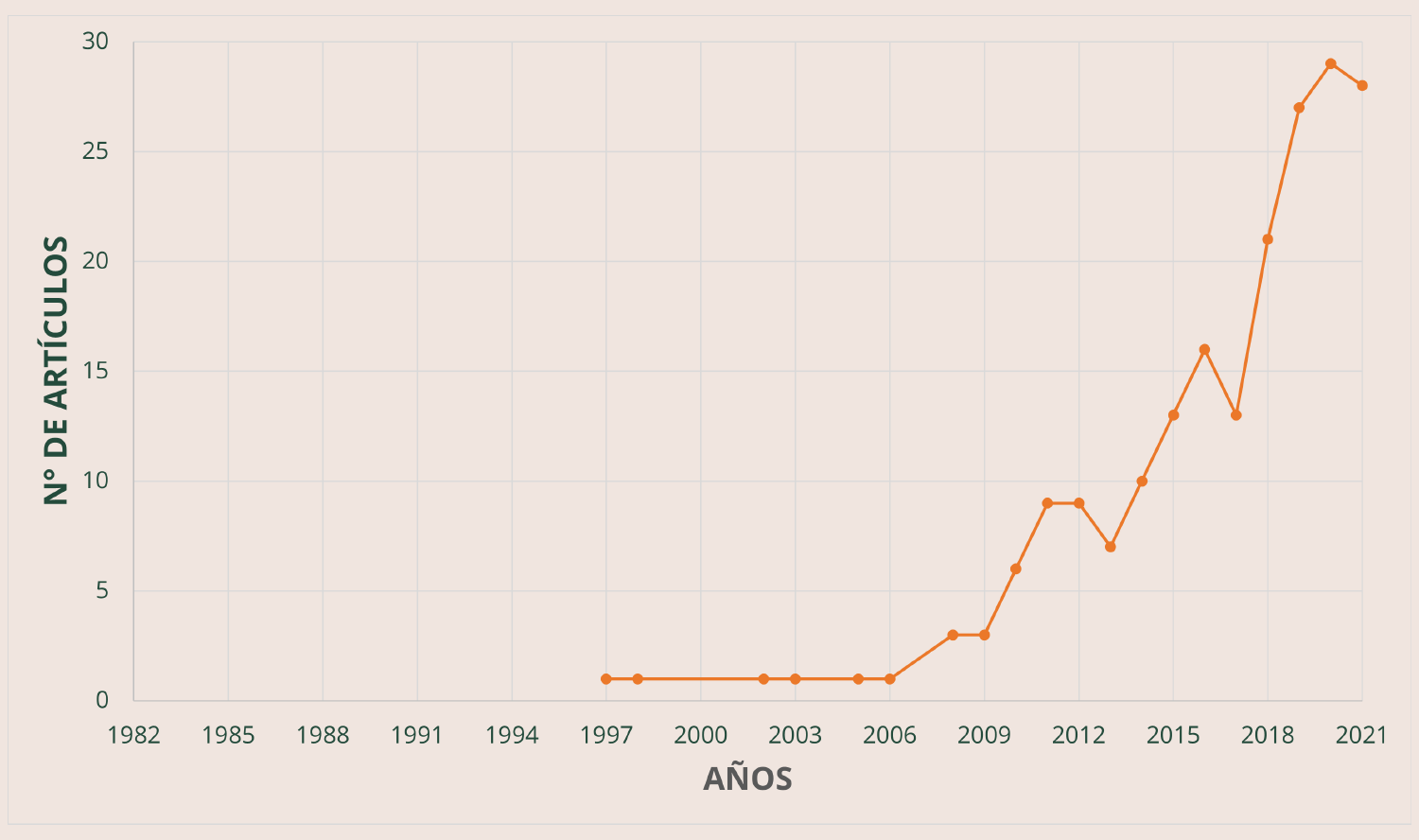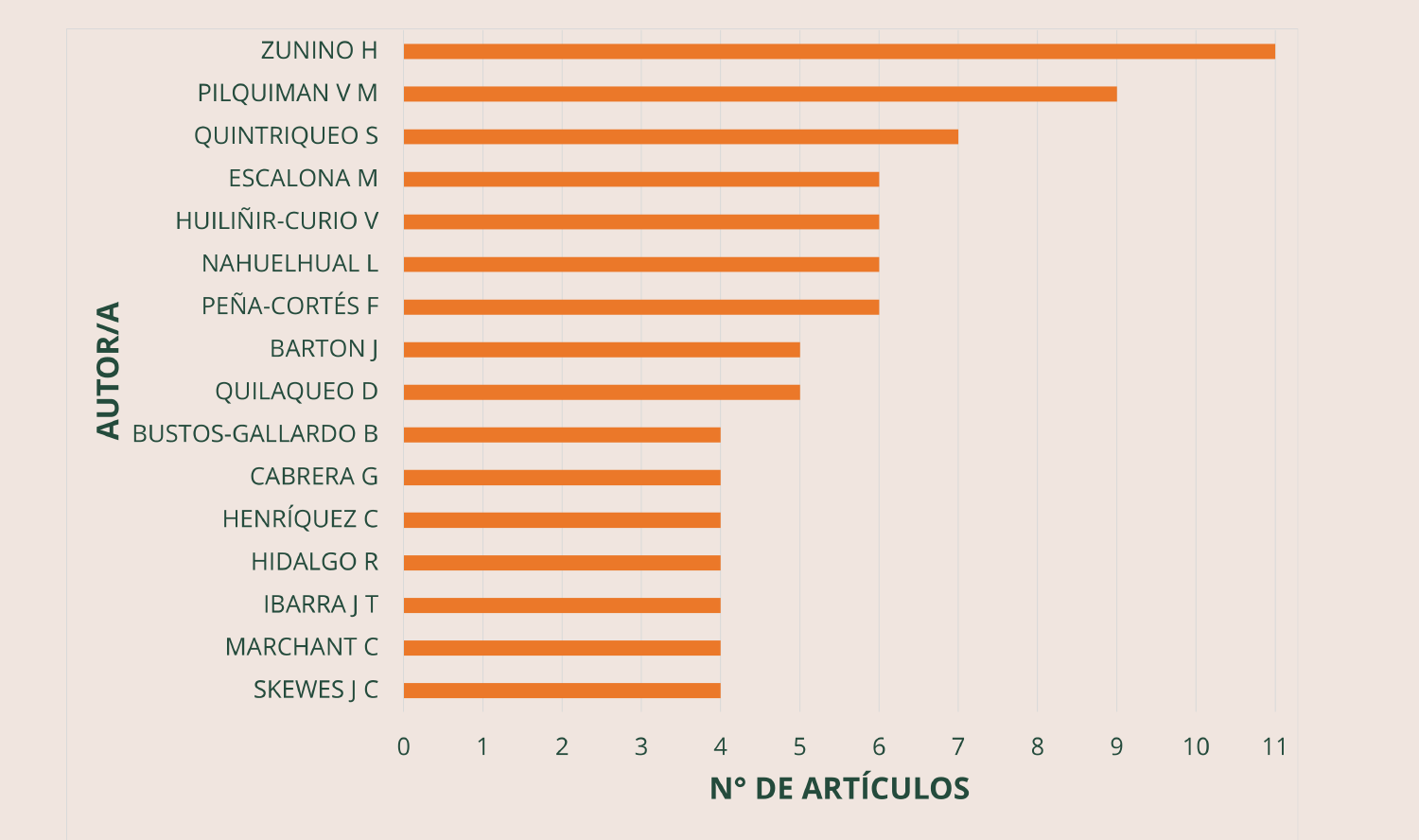LIFESTYLES
AND MOUNTAIN DWELLING
The mountains of the Southern Andes are characterized by their multiculturalism, where different territorialities are expressed in diverse cosmovisions and experiences: indigenous people (Mapuche, Pehuenche, Huilliche), peasants, settlers, gauchos and new migrants, which make up a heterogeneous and complex biocultural memory.
In this territory, various practices emerge practices The region’s main activities are agriculture, forestry, summer pastures, animal husbandry, and the harvesting of non-timber forest products, along with a growing development associated with tourism. These experiences and practices are articulated in a biocultural landscape of reciprocal relationships between people and living volcanoes, mountains, forests, rivers, springs, volcanic soils and myriads of animals, plants, fungi and different microorganisms that inhabit it.


Various historical and contemporary factors of change associated with colonization, modernization, mercantilization, migration, unplanned urbanization, socio-environmental degradation and global change have triggered accelerated transformations in the ways of inhabiting these territories.
In this way, the Laboratory of Mountain Lifestyles and Inhabitation seeks to understand the particularities of the practices in the Southern Andes, in order to propose management and education models associated with the land use and territorial planning, in order to integrate these attributes into sustainable local development strategies in mountain territories in Chile.
Lines of research
History and territorialities:
Biocultural practices
:
Local development and governance:
Socio-environmental conflicts:
Geological Heritage:
Mineralogy and Petrology:
Paleontology and Sedimentology:
What is the scientific production of theMountain Livelihoods and Habitats Laboratory ?
Between 1982 and 2021, the Mountain Livelihoods and Habitats Laboratory has 201 scientific publications indexed in Web of Science, Scopus and Scielo. The scientific production of this Thematic Laboratory has increased since 2006, reaching the highest number of articles published in 2020.


